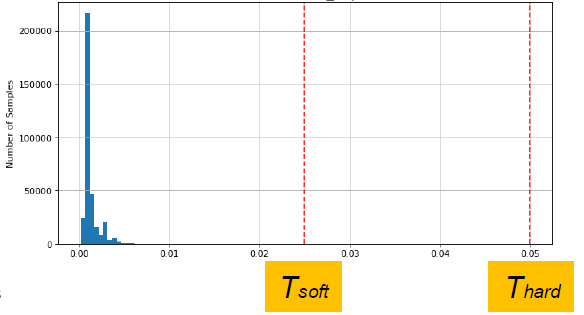Anomaly Detection Using LSTM Autoencoder Network In Ensuring Reliable Operation At Offshore Utilities System
Conference
64th ISI World Statistics Congress - Ottawa, Canada
Format: CPS Paper
Keywords: anomaly, machine learning
Session: CPS 84 - Environmental statistics I
Thursday 20 July 8:30 a.m. - 9:40 a.m. (Canada/Eastern)
Abstract
Continuous monitoring of offshore utilities system performance is essential in ensuring smooth operation and avoiding unplanned deferments (UPD). A proper prediction tool to identify anomalous patterns could help flag potential problems that may lead to a UPD event. With very few recorded and validated UPD events, formulating a suitable methodology that gives high accuracy score and low false positive signals is a challenge.
This paper presents our unsupervised machine learning approach using long-short term memory (LSTM) autoencoder network, in identifying anomalous pattern in offshore utilities system. This network learns the normal behavior of multiple sensors of interest. It first performs a compression process to represent data in lower dimension and then decompress them back to its original dimension.
This compression-decompression method produces a distribution of expected reconstruction error, R(expected) (see Figure 1). When the trained model is presented with data exceeding its normal behavior, anomaly is identified when the residual between actual and reconstructed data is beyond the maximum value of R(expected); defined as T-hard. T-soft is an additional threshold that we provide for the system to give earlier warning before it reaches T-hard.
This network has been trained on two years of a fuel gas system data with frequency of two minutes. When tested with more than two years of data, our results have shown that this model successfully captures all five UPD events during the tested period, with some showing much earlier deviation pattern than the real UPD event.
This robust method has shown its potential in identifying anomalous patterns across multiple sensors, thus able to alert operators timely for further action. This could prevent events that can cause disruption at our facilities leading to unwanted production loss.
Figures/Tables
Figure 1


